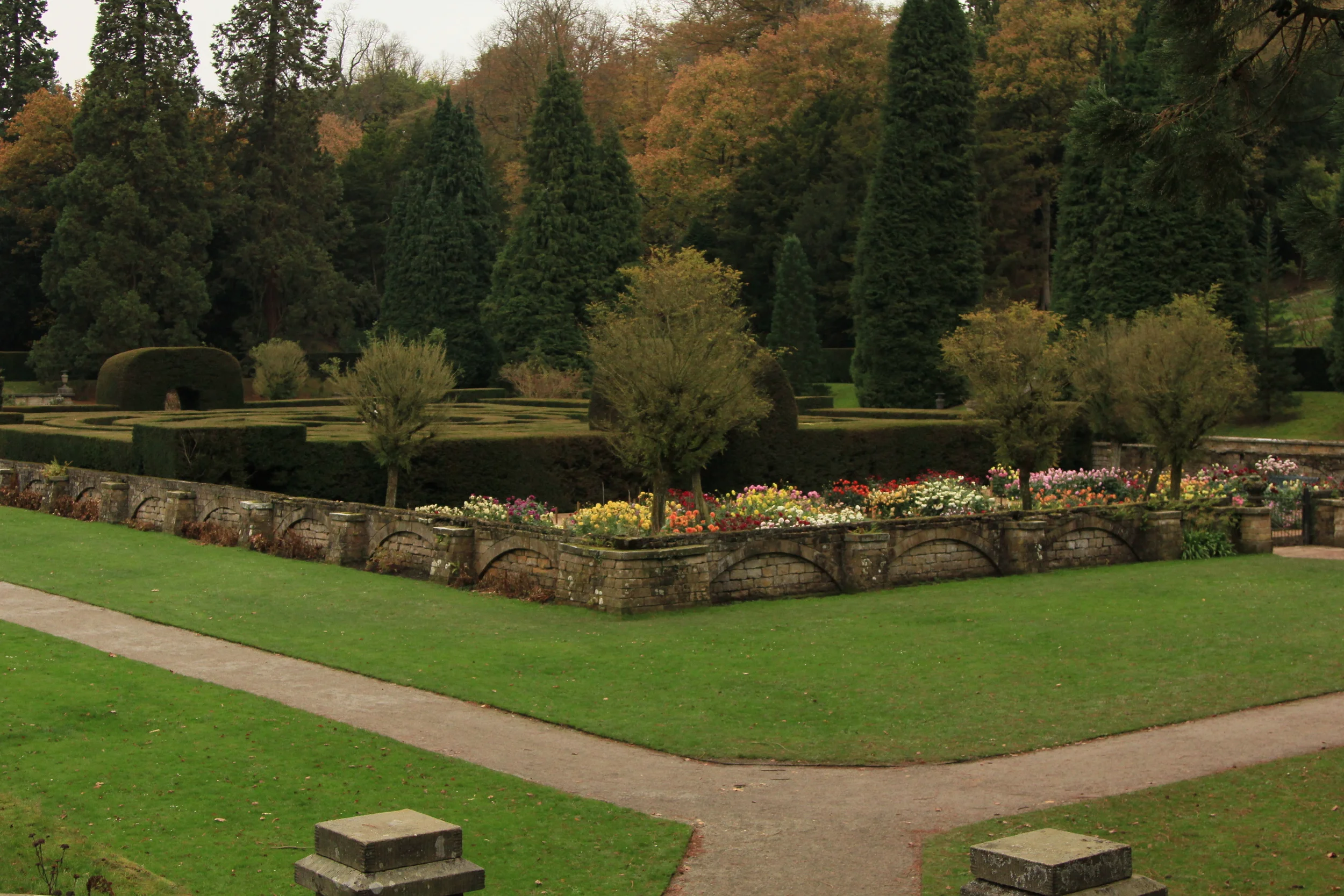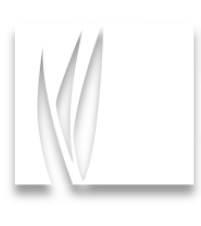
Here are a few tips for you to use for your lawn!
Watering - Watering should always be completed so that the grass dries in the daylight. For instance you can start watering at 4AM, in the dark, so long as daylight arrives shortly after the watering cycle is done, that way drying is completed in daytime. Never start watering just before dark or at night. Doing so promotes fungus growth and other diseases. Another thing to watch is watering amount. It is actually a common mistake for people with irrigation systems to over-water. Watch your lawn carefully and adjust regularly throughout the season. Over-watering also promotes diseases and other turf health issues including thinning.
Mowing - Make sure to mow regularly. As a rule of thumb grass should be cut frequently enough so that you never cut off more than 1/3 of the grass’ total height (if your grass is 5'' tall you should not cut off more than 1.65''). If your grass does get long, mow it back down to your regular height over a few weeks. If you have clumping issues as you mow, first mow your lawn in transport mode or around 4-5" then mow it again 1" shorter. This will keep the clippings small and hence will disperse and decompose better.
During the hot summer months, grass should be cut longer than in the cool season. Kentucky Blue grass in the mid-west should never ever be cut less than 2.75". A good height range is 3-3.75". Start low in the spring and work higher through the hot months and lower again as it cools off in the fall. It is typically not a good idea for your lawn’s health to bag. If you need to bag your lawn it was not cut soon enough. If you bag your lawn all summer you remove a huge amount of natural nutrients supplied to the lawn by its own decomposing clippings. These clippings aid in micro-organism growth which is very important to your lawns health, it helps maintain a "living soil". By removing your clippings all summer you also remove about 1 pound of nitrogen per 1,000 sq feet of lawn annually that has to be replenished artificially.
Lime - Lime is a very important service to do annually. It helps the plants by making more nutrients available to them in the way of neutralizing the PH levels in the soil. Additionally, lime treatment is a natural deterrent to voles, the winter menace to lawns. If you lime your lawn before winter it will help keep voles away.
—Fun fact, most people mistake voles for moles. Moles are carnivorous, with no eyes and large, feet/claws. Voles are smaller with a short nose and short tail.. Picture a short-tailed mouse.—
Dead Spots - A good trick for dead spots is to buy a bag of potting soil as well as grass seed. Take the grass seed and potting soil and mix together in a wheelbarrow. Rake the thatch out of the dead patch and spread a .5-1.5" layer of the seed potting soil mix over the area and pack down with your feet. Water lightly three times per day until seedlings appear, then decrease to once per day (providing its not extremely hot out).
Bumps - If your lawn has a lot of small bumps in it there is a good chance you have night-crawlers in your soil. A good lawn care program will actually have a side benefit of reducing the amount of worms. Once under control, a triple-pass aeration followed by rolling will help to smooth your lawn out.
Over-seeding - Grass has a natural life span which means that if never reseeded to some extent, your lawn will thin with age. It is a good practice to over-seed every other year.
